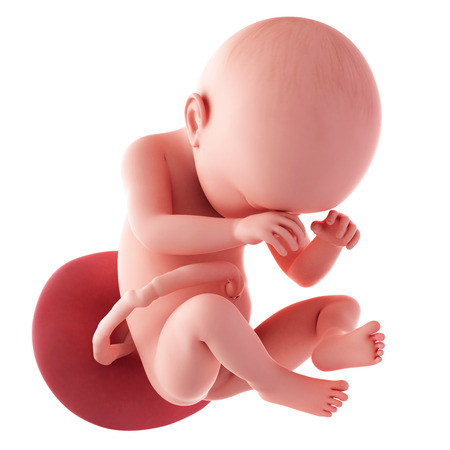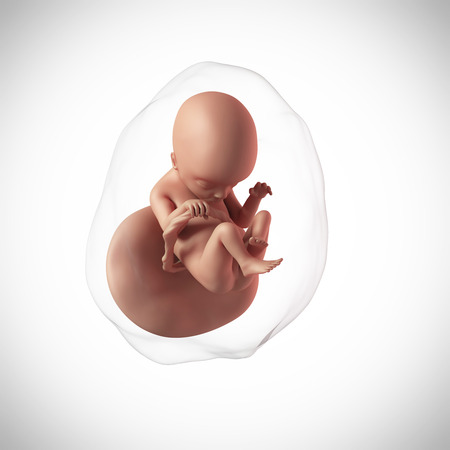Family planning is essential in numerous ways. Having the desired number of children makes you focus on their needs and give them what they want. family planning can happen through using the appropriate method and this can include using IUD. Intra-uterine device or IUDs are effective contraceptive method and one of the most popular and trusted brand is Mirena. This is a levonorgestrel-releasing IUD wherein it is planted into the uterus. Mirena side effects when inserted are minor as compared to other contraceptive methods to be used.
Mirena IUD when inserted can be as effective in 5 years. It has about 99% effectivity so women do not have to take in birth control pills just to make sure one does not get pregnant. For women with heavy menstrual period, using an IUD can help in treating it.
Before inserting the Mirena, it is important to know some information vital before inserting the IUD in the uterus. If the woman has pelvic infection or get infections easily should not use this product. It should be ideally used by a woman who has had children in the past. Upon insertion, there may be irregular and increased bleeding and spotting in the first few months but it will be shorter and less heavy as the month’s progresses.
During Mirena insertion, it is crucial to note that a qualified medical practitioner will insert the contraceptive. Doctors will usually insert this in the 3rd to 5th day of menstruation or if the bleeding is not heavy. The doctor should observe sterile technique so as not in invite infection into the uterus area. The physician will also explain the information on the booklet and there should be an informed consent since this is an invasive procedure. Most importantly, mothers intending to use UID should not have any allergic reaction to its components.
Once the intrauterine device is about to be inserted, the patient should be in lithotomy position and thereafter, speculum will be inserted to visualize the cervix and facilitate in insertion of the IUD. Once it is inserted, patients who are at high risk for infection is asked to take antibiotics to rule out infection. Since insertion of the intra-uterine device is also painful and causes an uncomfortable feeling to women, they are asked to take in pain medications.
IUD Mirena Side Effects
When the IUD inserted, the side effects are common which includes:
- Abdominal cramping or pain
- White vaginal discharge
- Headaches
- Breast pain
- Back pain
- Acne
- Weight gain
- Common colds or any URTI or upper respiratory tract infection
- Painful menstruation
- Hair loss but in isolated cases only
After insertion, it is crucial to check the placement of the IUD. In order to know whether it is placed in exact position, there is a thread at the tip of the birth control product to ensure if the IUD is still in place. The patient suspects that it is not in place, then she should go to the health care provider to check the device.
Mirena Side Effects After Insertion
Mirena side effects after insertion may include but not limited to:
- Having missed periods. This is common during the first few months since the insertion and sometimes, it also includes heavy bleeding.
- Ovarian cysts may develop. About 12% of women develops this condition but it will disappear without any intervention.
- Depression may also be felt.
- During a coitus, some pain may be felt during the first few months.
- If allergic reaction such as: itching, wheezing, unexplained rash, hives and difficulty breathing occurs, call the physician right away to remove the IUD.
There should be a regular follow-up and evaluation of the device in 4 to 12 weeks after insertion and once a year after. Remember that the product should only last for 5 years but it can be removed within the said years. There are various reasons for removal of Mirena IUD. This includes wanting to be pregnant, if infection develops or if the side effects cannot be tolerated. For those who are uncomfortable with the product, they may choose to discontinue it.
Minera Side Effects After Removal
When discontinuing the IUD, there side effects felt by the woman. Pain may be felt especially when the coil or thread is imbedded into the cervical area. physicians will use tweezers or forceps inorder to remove the intra-uterine device. At some point, bleeding will be heavy and there are changes in sex drive.
One final note to remember once Mirena is removed is the greater chance of women to be pregnant since there is no more contraceptive that will prohibit fertilization.
References:
http://contraception.about.com/od/iud/p/IUDremoval.htm
http://women.emedtv.com/mirena/mirena-side-effects-p3.html



